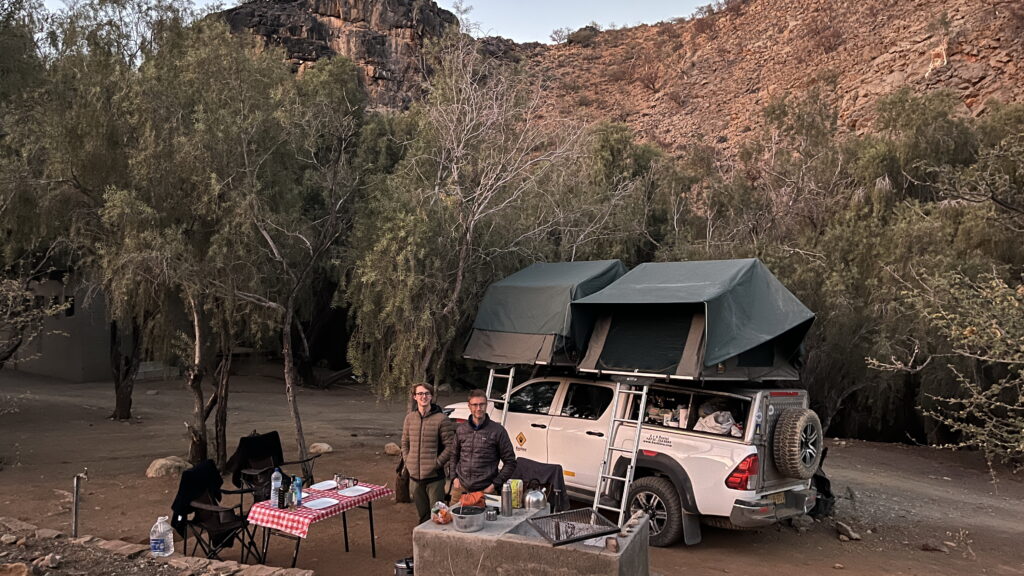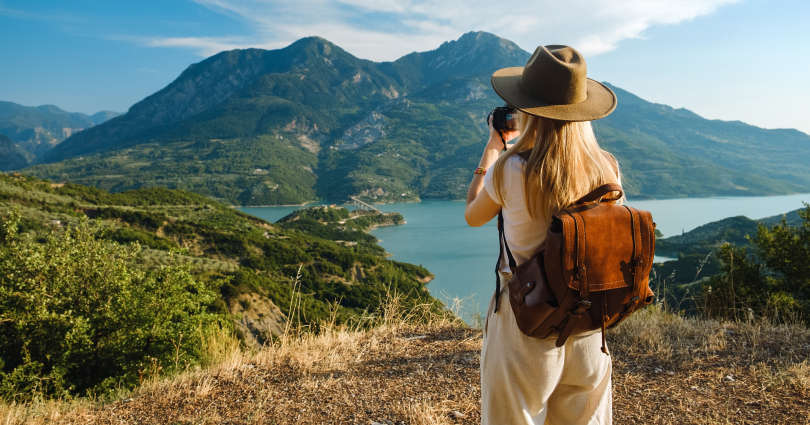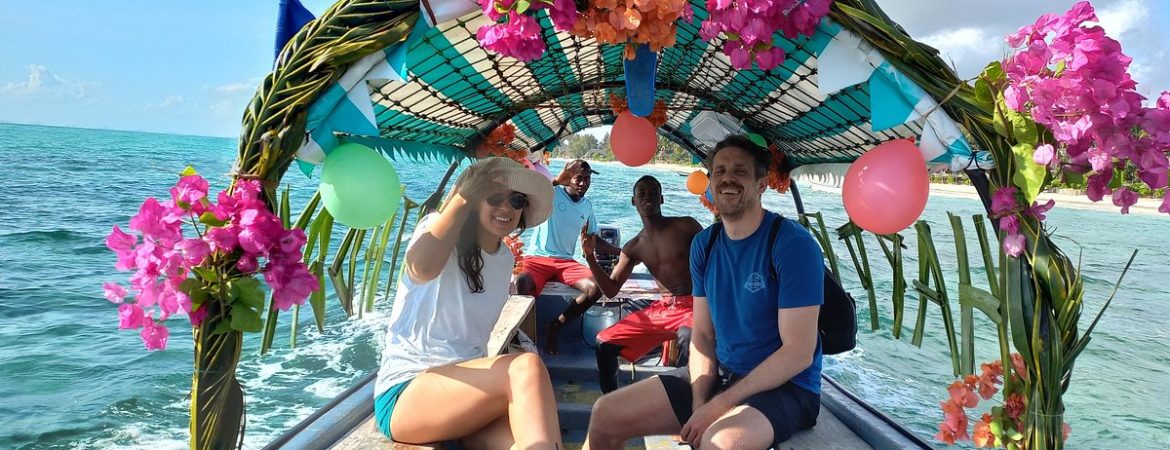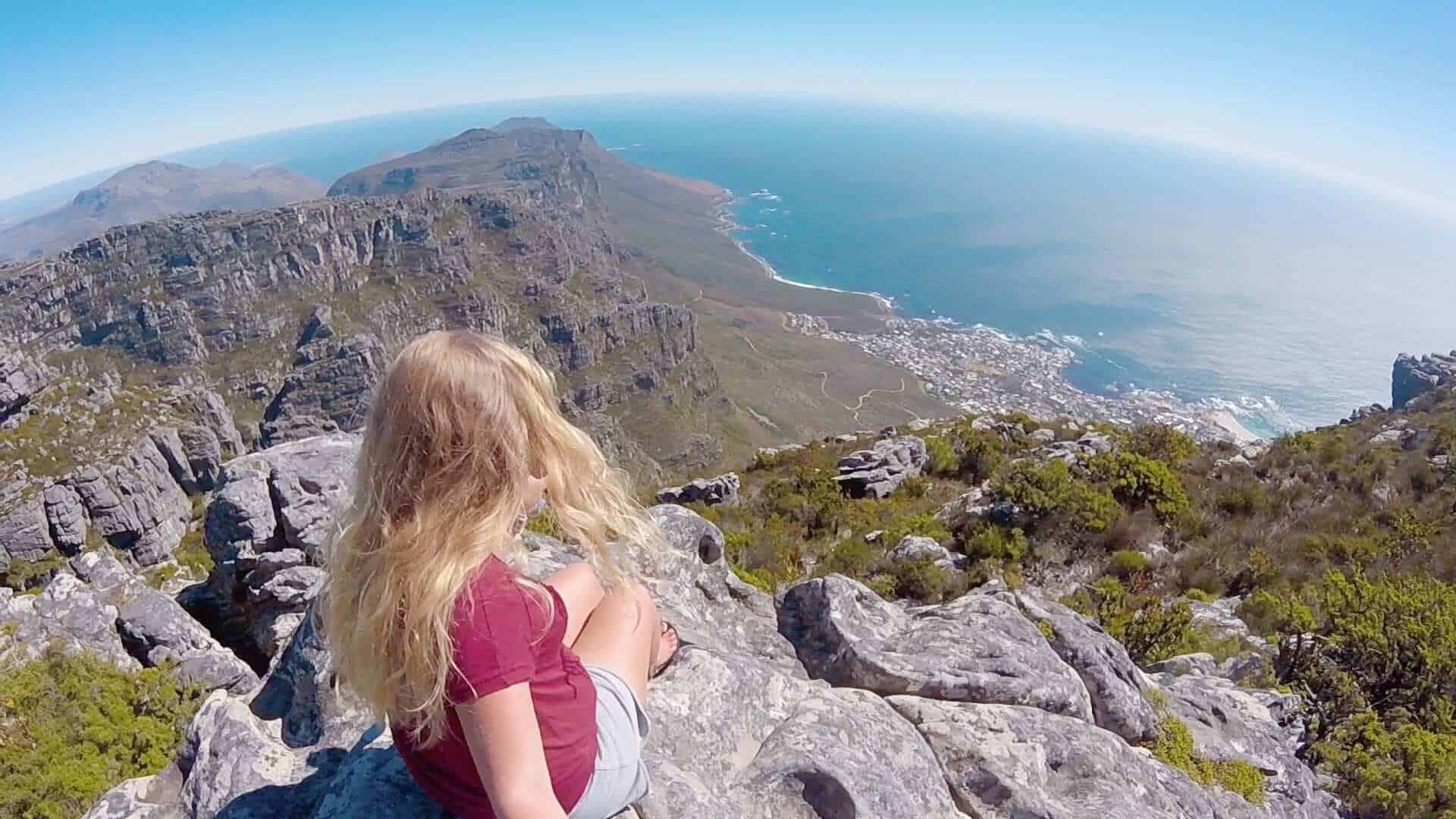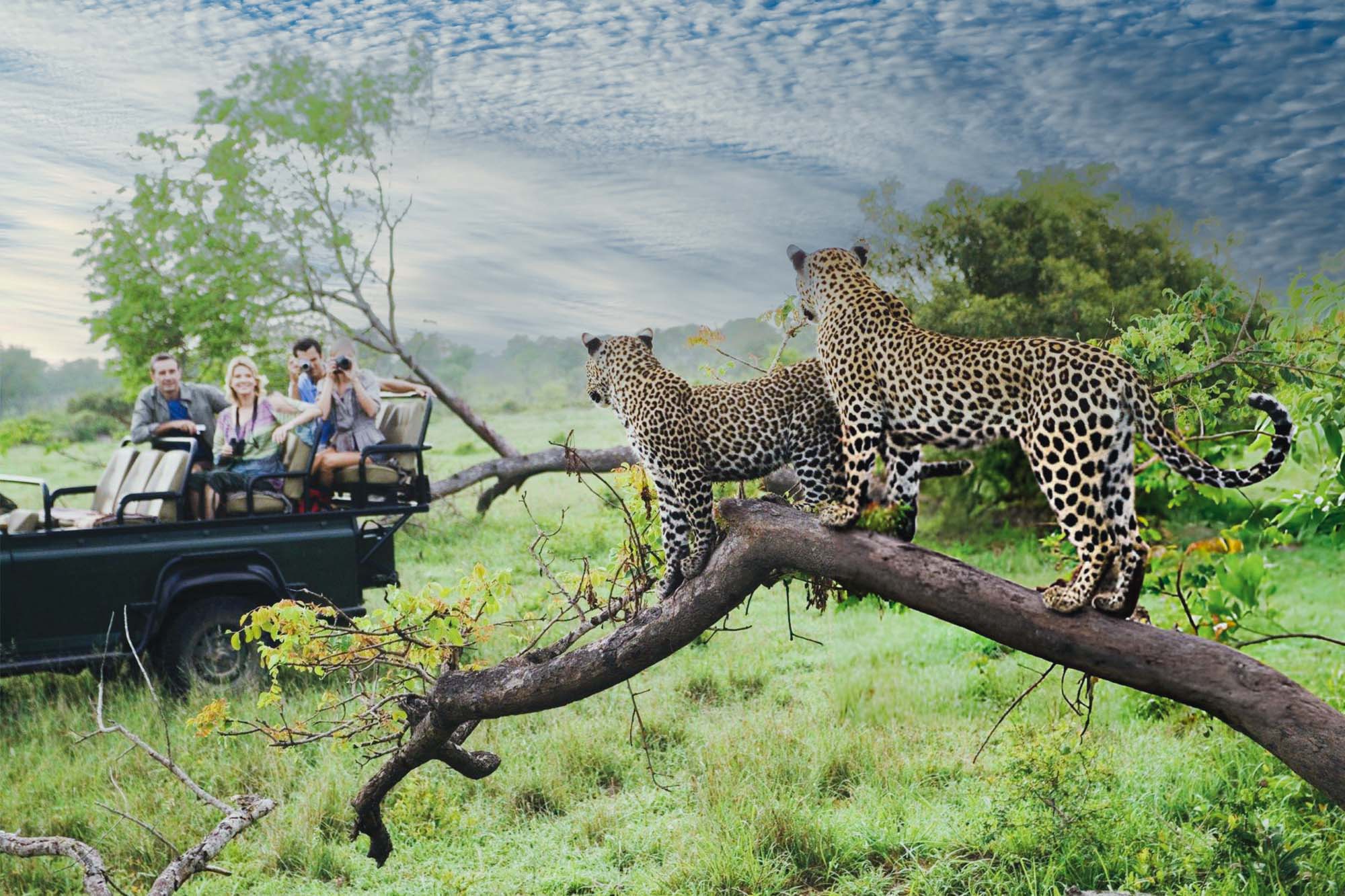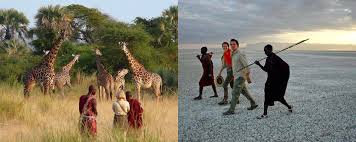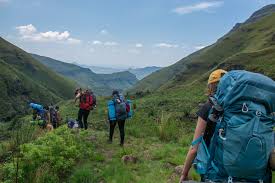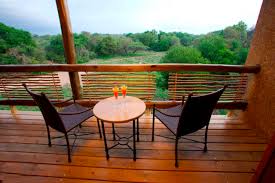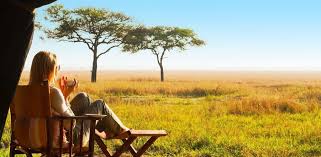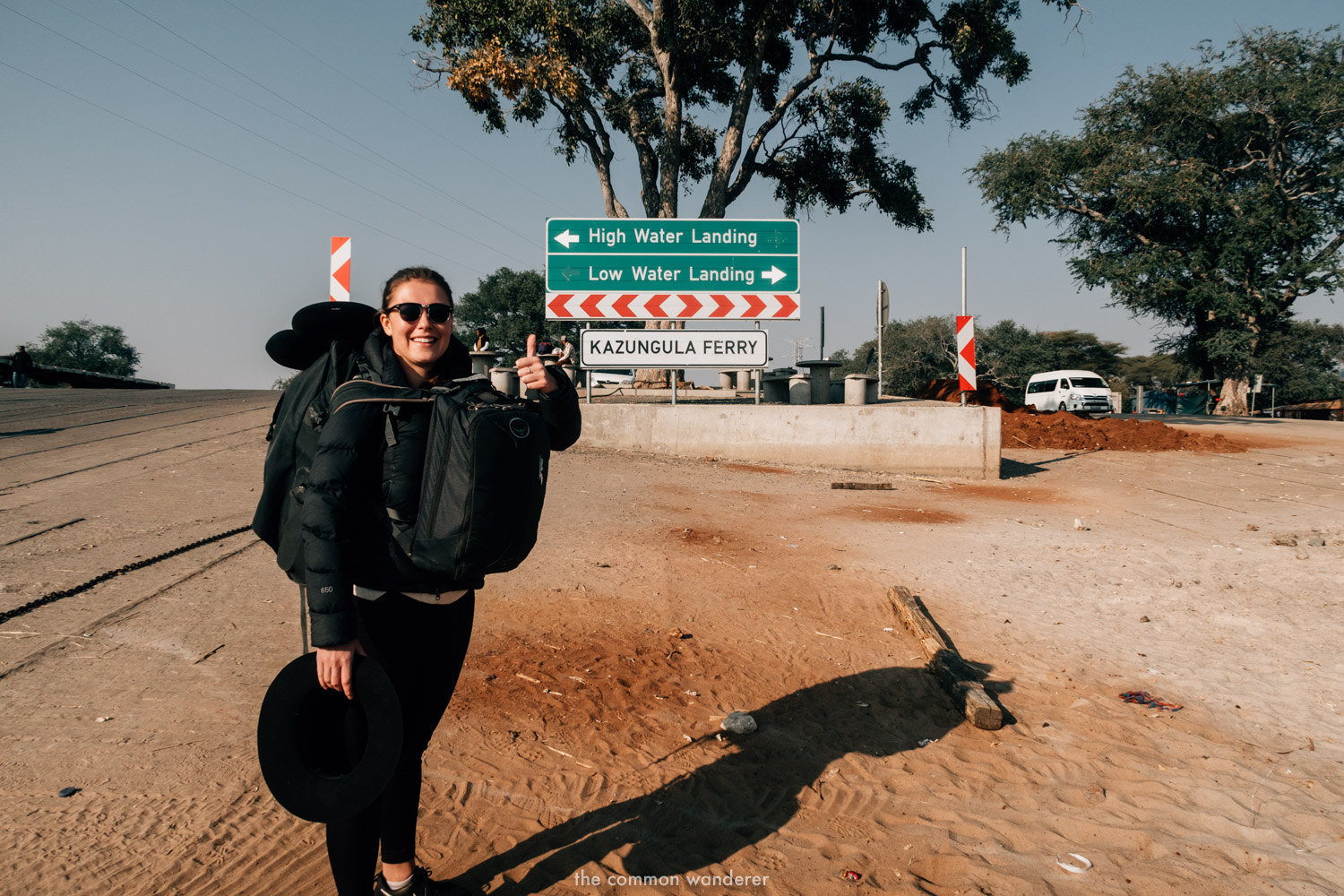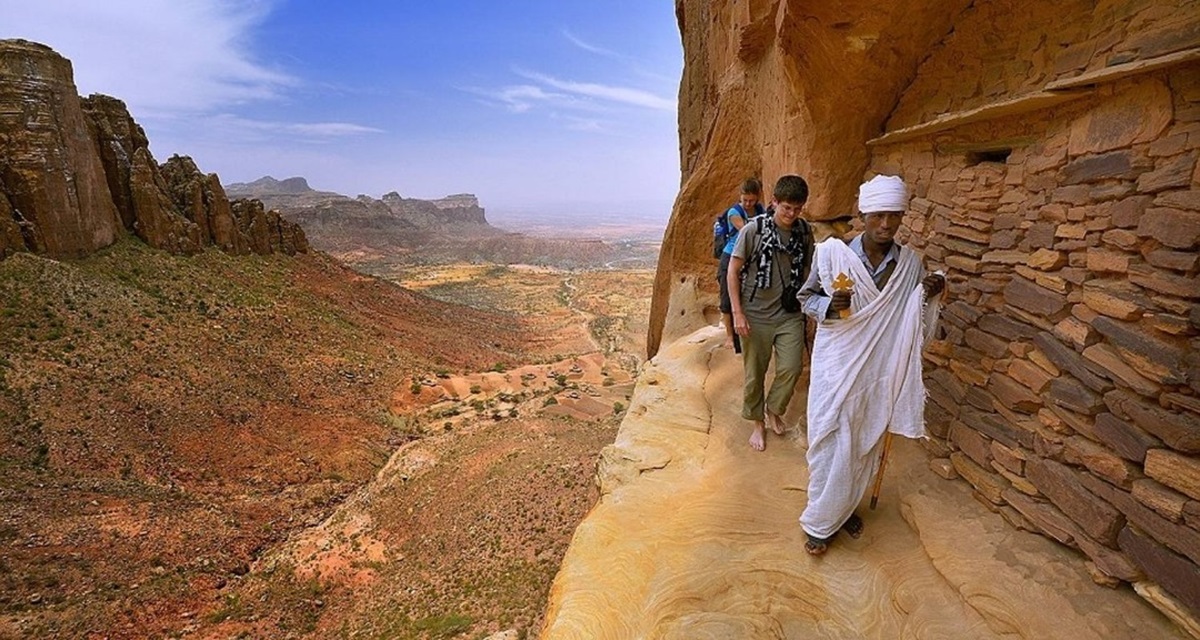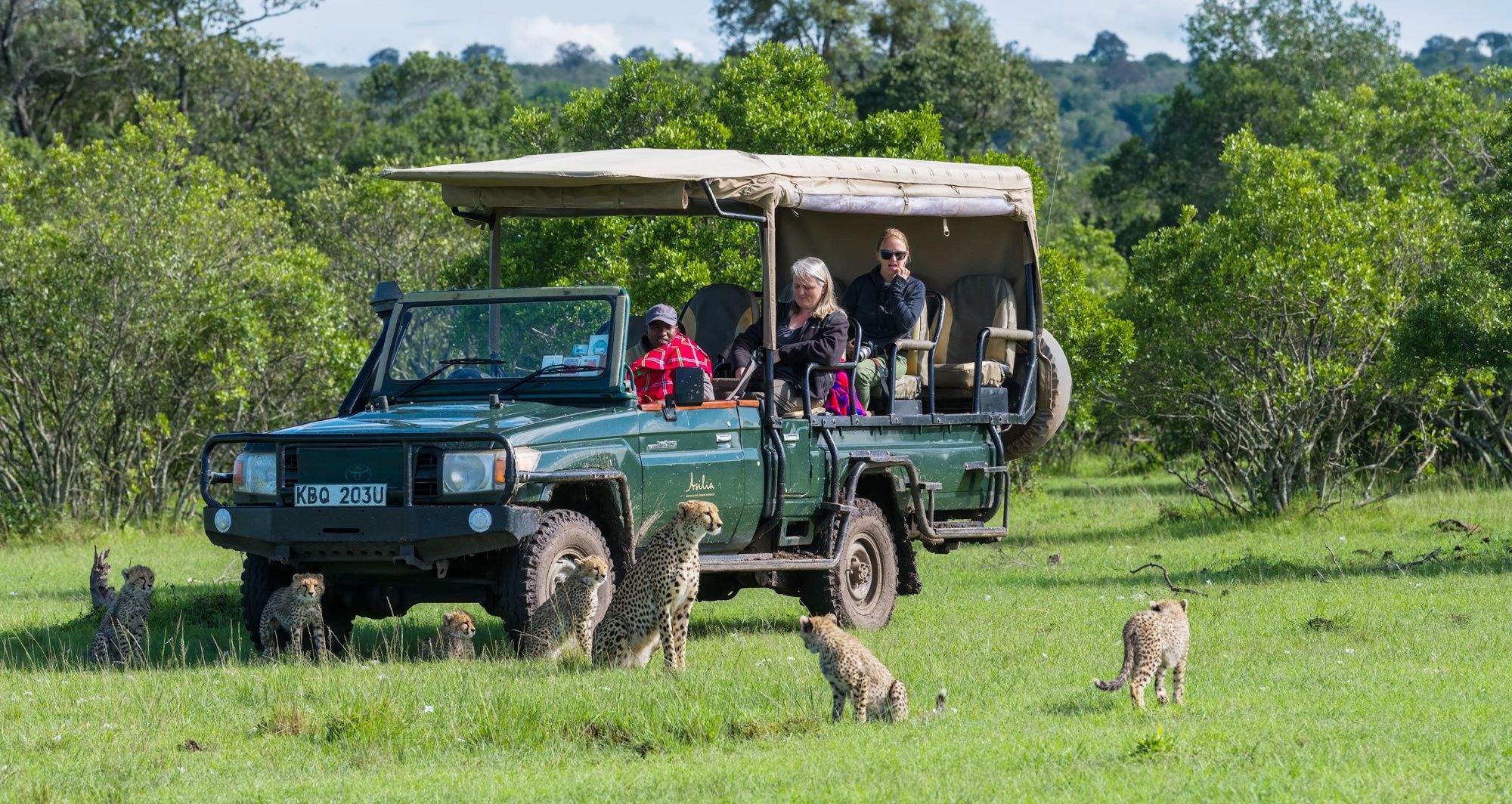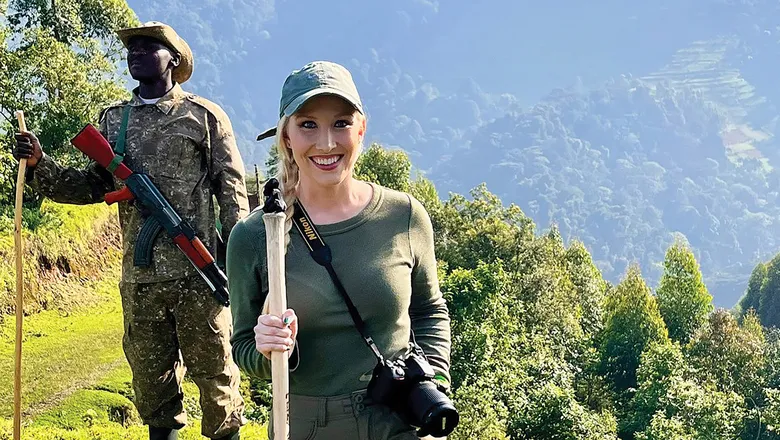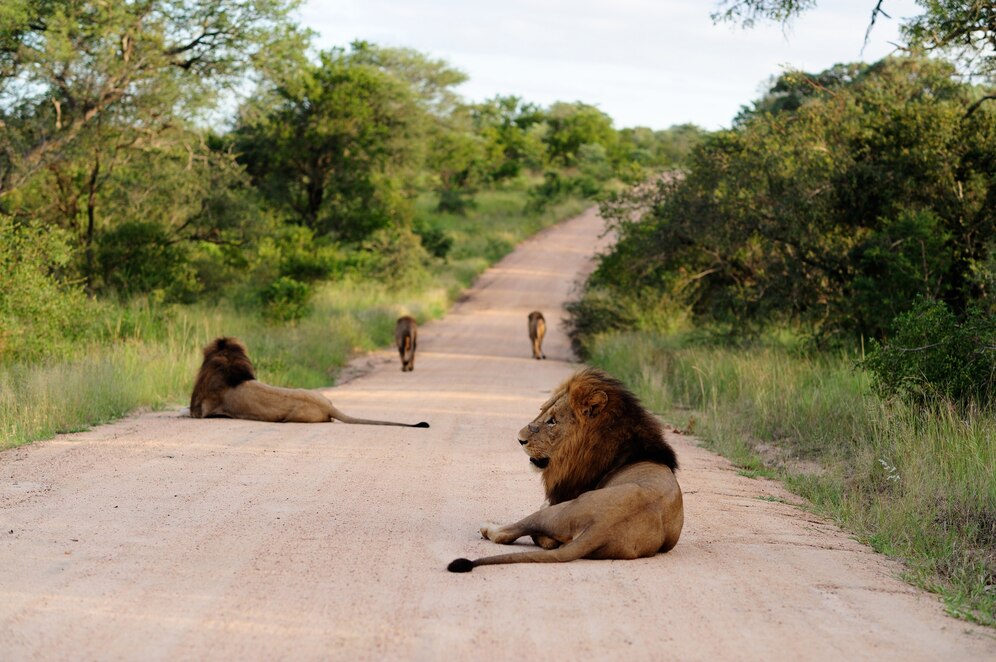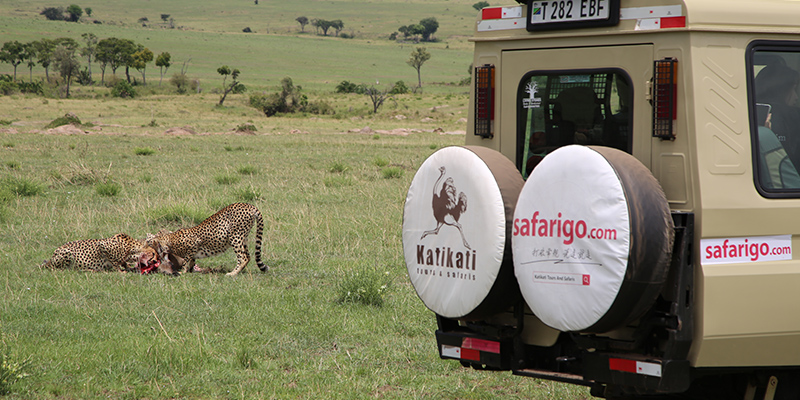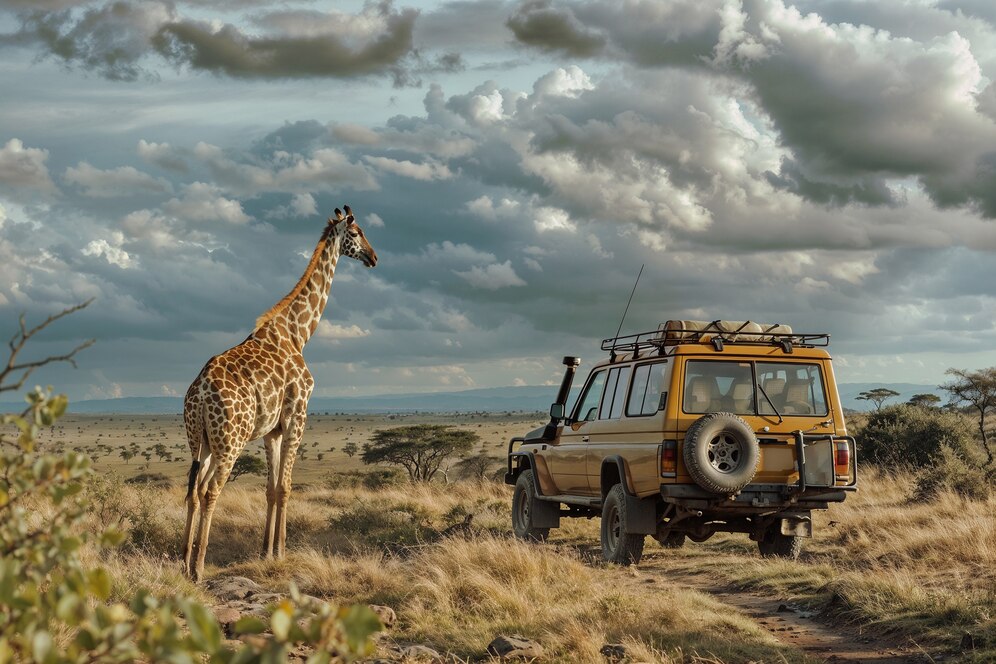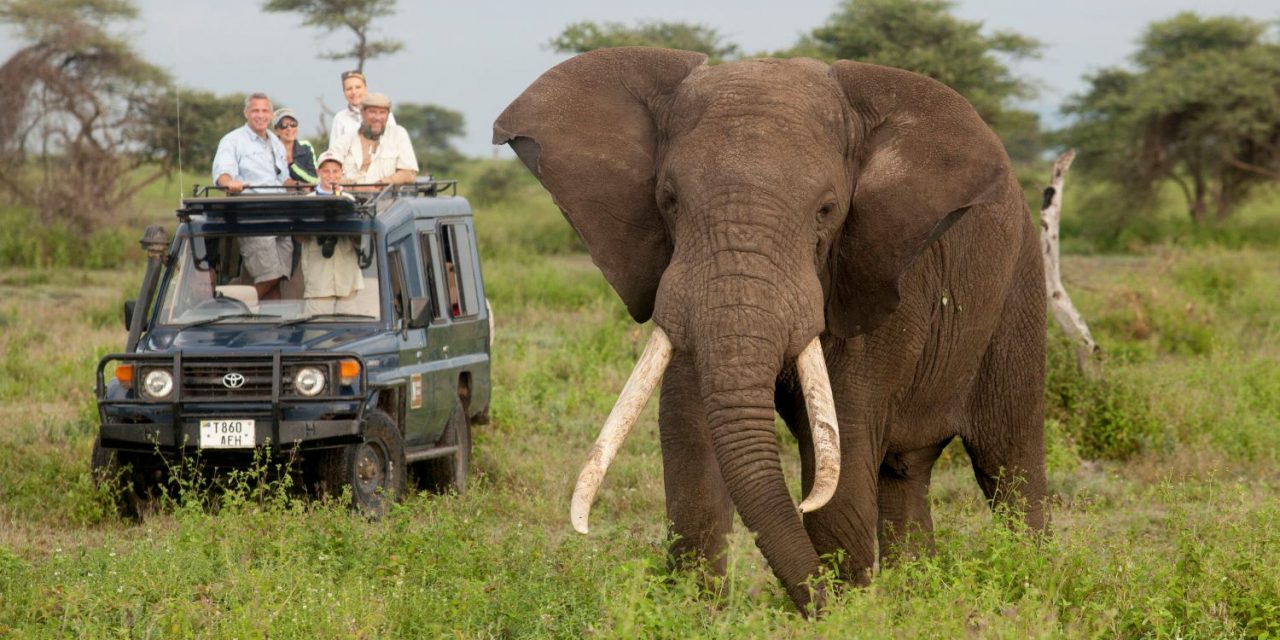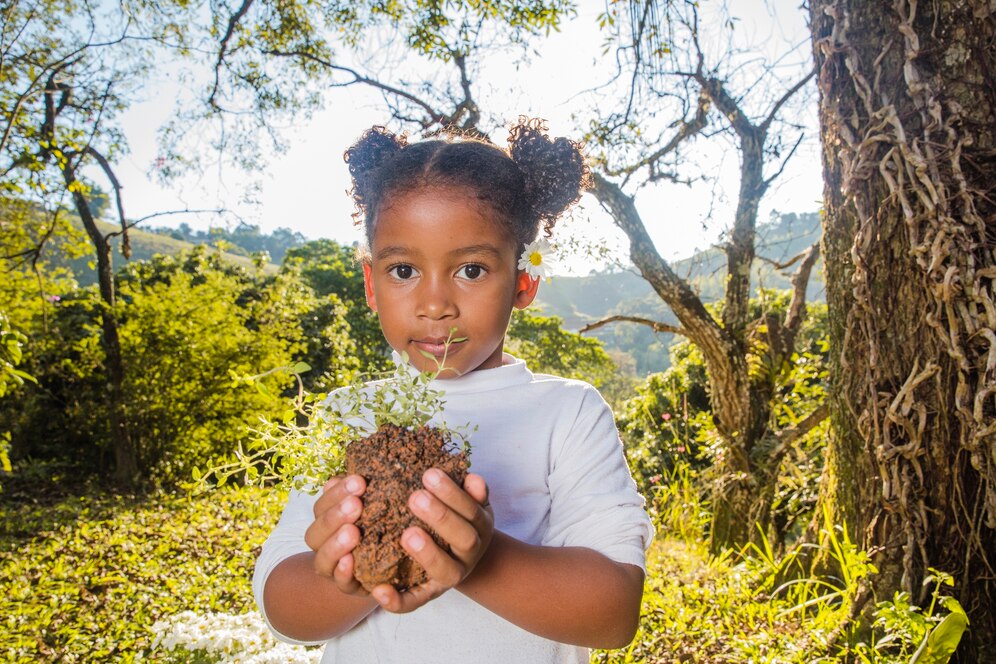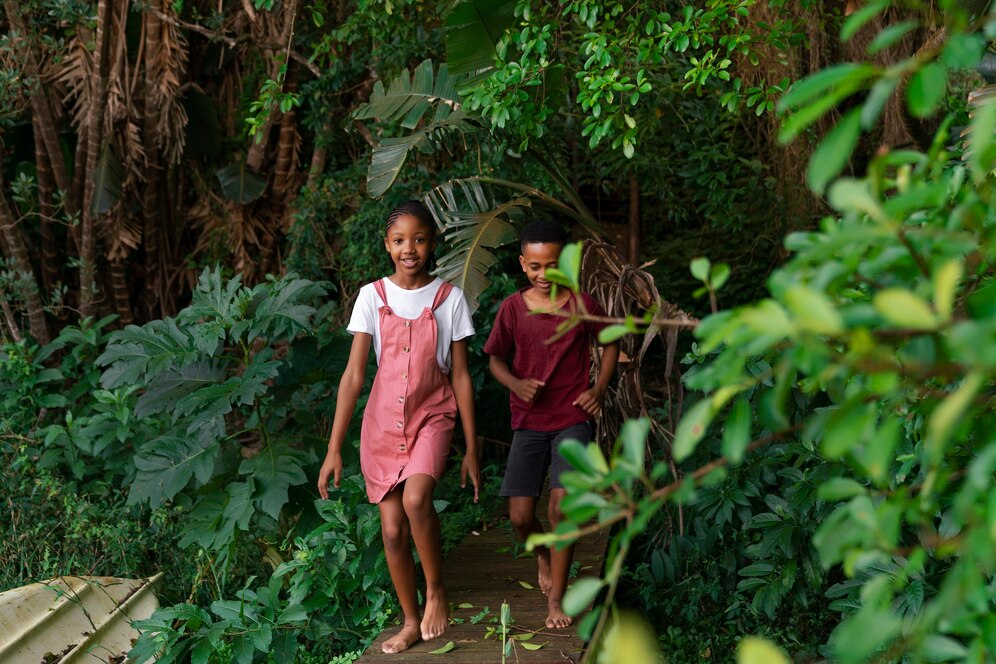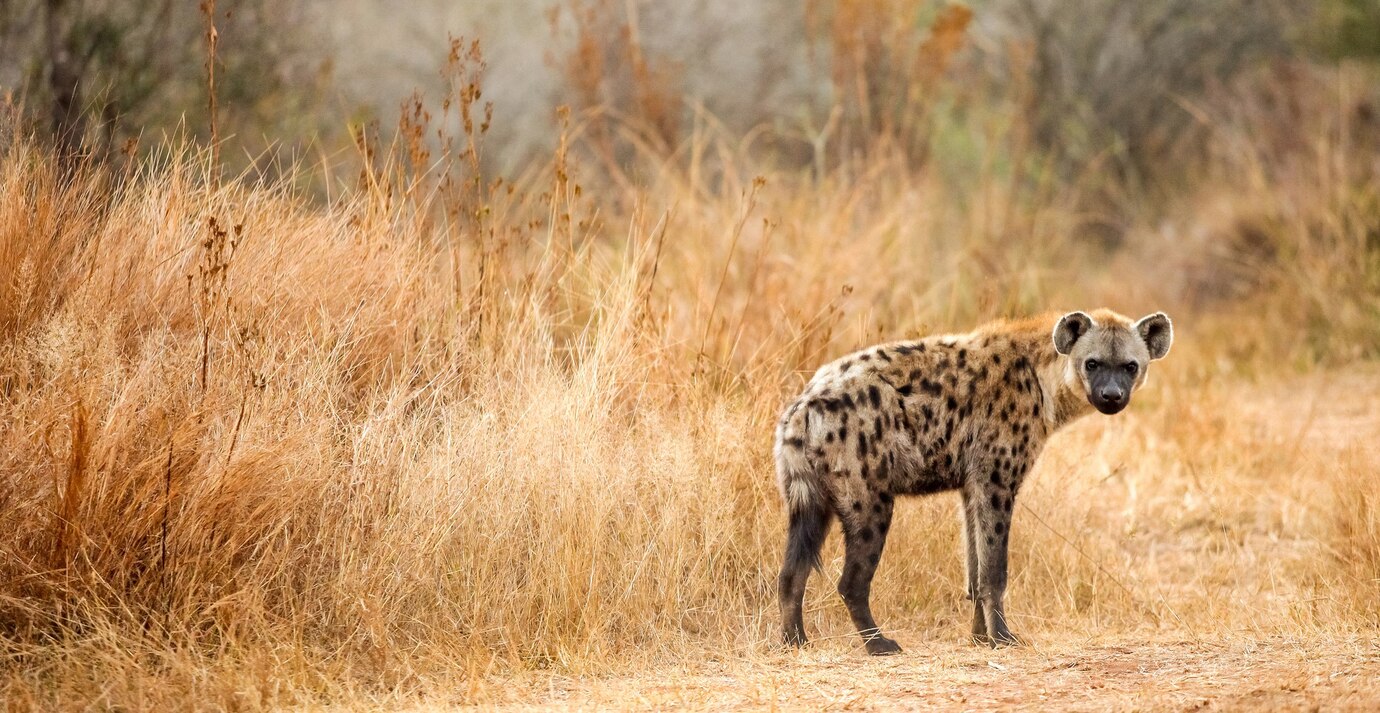
When most people think of an African safari, their minds conjure images of lions lounging under acacia trees, leopards stealthily prowling, or elephants majestically crossing the dusty plains. The Big Five — lion, leopard, rhino, elephant, and buffalo — dominate the narrative and the bucket lists of travelers worldwide. And yes, I’ve been lucky enough to witness these iconic beasts on a dozen safaris across Africa — from the endless golden plains of Tanzania’s Serengeti to the lush, wildlife-rich crater floor of Ngorongoro, the sprawling Kruger National Park in South Africa, and the elephant-packed Chobe National Park in Botswana.
But here’s the secret that seasoned safari-goers will whisper: the Big Five are just the beginning. The real magic lies in discovering the lesser-known, rarer, and sometimes downright weird creatures that share this incredible continent with them. These hidden gems don’t get top billing in glossy travel brochures, yet they enrich the safari experience with moments of pure wonder, surprise, and connection to Africa’s unique biodiversity.
Whether you’re a first-timer or a seasoned traveler, this guide is a tribute to Africa’s unsung wild wonders — the extraordinary animals that transform a great safari into an unforgettable adventure.
1. Pangolin — The Unicorn of the Bush
Few animals capture the imagination quite like the pangolin. Often called “the unicorn of the bush,” this shy, nocturnal mammal is covered in hard, protective scales, making it look like a miniature armored dinosaur. Watching a pangolin shuffle on its hind legs, foraging for ants and termites with its long, sticky tongue, feels like peering into a lost prehistoric world.
Sadly, pangolins are among the most trafficked animals globally, making sightings extraordinarily rare. Many experienced guides never encounter one in their careers. If you do spot a pangolin, consider yourself incredibly lucky — it’s a moment worthy of celebration.
Where to see pangolins:
-
Tswalu Kalahari Reserve (South Africa): One of the few private reserves where sightings are reported.
-
Parts of Zimbabwe and Zambia: Particularly in dry seasons when pangolins emerge to forage.
Safari tip: Pangolins are nocturnal and extremely elusive. Book a private night game drive with a knowledgeable guide and stay alert for unusual movements on the ground.
2. Aardvark — Africa’s Real-Life Pokémon
With a whimsical appearance that looks like a blend of pig, anteater, and kangaroo, the aardvark is one of Africa’s most mysterious creatures. These nocturnal diggers specialize in hunting termites and ants, tearing open mounds with powerful claws and flicking out a sticky tongue to feast.
The aardvark’s awkward charm and shy nature make it a favorite among those lucky enough to glimpse one on a night drive. To spot an aardvark is to meet one of Africa’s truly unique animals — a real-life Pokémon come to life.
Best places to spot aardvarks:
-
Private reserves like Samara and Tswalu in South Africa
-
Kalahari regions in Botswana and Namibia
Safari tip: Join a night safari in these areas with an expert tracker who can spot the subtle signs, like fresh termite mounds or footprints, that indicate an aardvark’s presence.
3. Secretary Bird — The Snake-Slaying Strutter
Standing tall on long, stork-like legs with a fierce eagle’s beak, the secretary bird is a stunning example of nature’s theatrics. These birds stalk the savanna floor with a confident, almost strutting gait that’s earned them a reputation as the snake slayers of the bush. Their trademark move? Crushing venomous snakes to death with swift, precise kicks — a deadly ninja of the bird world.
The secretary bird’s boldness and striking silhouette make it a favorite subject for photographers and birdwatchers alike.
Common sightings:
-
Serengeti (Tanzania)
-
Maasai Mara (Kenya)
-
Kruger National Park (South Africa)
Safari tip: Look for secretary birds walking rather than flying — their slow, deliberate strides through tall grasses are a remarkable sight.
4. Black Rhino — The Grumpy Ghost of the Bush
The black rhino is often overshadowed by its larger, more docile white cousin, but don’t be fooled. The black rhino is smaller, more aggressive, and notoriously difficult to spot. These browsers sport hooked lips to nibble on leaves and branches, and they have a reputation for charging without warning, which adds an edge of excitement (and caution) to any encounter.
Black rhinos are critically endangered due to poaching, so spotting one is a special moment. Their wary nature means you need a skilled guide and patience.
Where to look:
-
Ngorongoro Crater (Tanzania)
-
Matobo National Park (Zimbabwe)
-
Khama Rhino Sanctuary (Botswana)
Safari tip: Travel with a guide who specializes in rhino tracking. Early morning drives improve your chances of sightings as rhinos are more active then.
5. Sitatunga — The Water Antelope You Didn’t Know Existed
The sitatunga is a rare and extraordinary antelope perfectly adapted to swampy, marshy environments. With splayed hooves that act like natural snowshoes, this elusive species can walk across soft, muddy reed beds without sinking. They’re shy and secretive, often heard rather than seen, making a glimpse all the more special.
Best places to spot sitatungas:
-
Okavango Delta (Botswana)
-
Bangweulu Wetlands (Zambia)
Safari tip: Opt for mokoro (dugout canoe) trips in the Okavango to quietly glide through reeds and maximize your chance of spotting these watery wanderers.
6. Baobab Tree Residents — Bats, Owls & Bush Babies
The baobab tree — Africa’s iconic “upside-down tree” — is more than just a striking landmark. It’s a microhabitat bustling with nocturnal life. Giant fruit bats nest in its branches, owls perch in hollows, and bush babies — tiny primates with huge, haunting eyes — leap and scurry under the cover of darkness.
To truly appreciate the baobab’s ecosystem, visit at dusk or during a night safari when these creatures come alive in the shadows.
Where to experience baobabs and their residents:
-
Kruger National Park (South Africa)
-
Chobe National Park (Botswana)
-
Zambezi region (Zimbabwe and Zambia)
Safari tip: Carry a good pair of binoculars and a red light flashlight to observe without disturbing the animals.
7. African Clawless Otter — Because Yes, There Are Otters Here
Not all African wildlife is about size and fierceness. The African clawless otter is a delight to spot — playful, graceful, and surprisingly common in some waterways. These freshwater otters splash and hunt fish in rivers, lakes, and wetlands, especially in the early morning or late evening.
Watching an otter family at play is one of those small safari moments that bring pure joy.
Where to see African clawless otters:
-
Western Cape rivers (South Africa)
-
Okavango Delta (Botswana)
Safari tip: Be patient near water bodies at dawn or dusk — otters are shy and quick but highly entertaining if you catch them.
The Wild Beyond the Big Five
Yes, the Big Five are the heart and soul of many African safaris. They inspire awe, fulfill dreams, and offer unforgettable encounters. But once you’ve had your iconic Big Five moments, I urge you to slow down and open your eyes to the wild wonders beyond.
Book longer stays in fewer parks rather than rushing from one to the next. Choose lesser-known reserves like the Mara Triangle in Kenya, where crowds thin and the wilderness feels more raw. Venture into remote spots like the Cuyo Islands in Botswana, where wildlife roams with little human pressure.
Take a night drive and discover the bush’s nocturnal secrets. Listen to the hyenas laughing near your tent, watch a chameleon inch across your path, or savor the profound silence just before a rare creature steps into the fading light.
These moments—quiet, unexpected, and intimate—will stay with you long after the lions and elephants fade into memory. They are the true soul of Africa’s wilderness.
Safari Travel Tips for Wildlife Spotting Beyond the Big Five
-
Go with expert guides: Local guides know the tracks, habits, and secret hideouts of rare animals. Their eyes and ears are your best tool.
-
Book night safaris: Many rare animals are nocturnal. Night drives increase your chances of seeing creatures like pangolins, aardvarks, and bush babies.
-
Choose private or lesser-known reserves: These areas offer fewer tourists and more intimate wildlife encounters.
-
Be patient and quiet: Wildlife doesn’t perform on schedule. Slow your pace, minimize noise, and watch carefully.
-
Bring binoculars and a camera with a zoom: Some animals are too shy to come close. Good optics help you appreciate them without disturbance.
-
Visit in the dry season: Wildlife concentrates around waterholes, making sightings easier.

